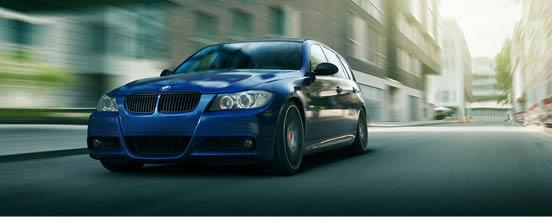18 June 2025

Viasat and BMW claim to have successfully demonstrated the ability for vehicles to connect via satellite (non-terrestrial networks) for emergency messaging and hazard warnings. This technology aims to complement existing terrestrial 4G and 5G connectivity solutions — many modern cars already feature similar capabilities.
The demonstration, which involved members of the 5G Automotive Association (5GAA), took place in Paris and included the first live, on-road traffic test of 5G-V2X Direct technology for detecting vulnerable road users (VRU) in real traffic conditions. It also showcased the current capabilities of Vehicle-to-Network (V2N) services.
5GAA members — vehicle manufacturers BMW Group and Stellantis — as well as technology partners including Anritsu, Cubic³, Deutsche Telekom, HARMAN, Jember, LG Electronics, Qualcomm Technologies, Rohde & Schwarz, Rolling Wireless, Skylo, VEDECOM Institute, and Viasat, participated in the NTN satellite connectivity demonstration. Achieving seamless integration and smooth switching between NTN and terrestrial networks for voice communication is a complex task, but one that many future vehicles will be equipped with. Drivers in the future may not even notice when their vehicle switches from terrestrial to satellite connectivity, a feature that could be critical in emergency situations.
Anritsu, Keysight Technologies, Rohde & Schwarz, and MediaTek provided advanced test equipment for performance verification of the satellite connectivity. For the first time on public roads, Valeo — collaborating with Marben — demonstrated 5G-V2X Direct, where two vehicles shared sensor data to trigger warnings about pedestrians crossing at an obstructed intersection.
This demonstration highlighted how 5G-V2X Direct (based on 3GPP Release 16) can enhance safety for vulnerable road users by leveraging sensors and camera feeds from surrounding vehicles to alert drivers. Such technology is expected to be widely adopted in commercial vehicles starting between 2026-2029, according to the 5GAA Visionary 2030 Roadmap.
Further public road demonstrations involved V2N technology to protect road users. Members like Nokia, Orange, Stellantis, Valeo, and VEDECOM Institute showcased interoperable V2X platforms where vehicles, mobile apps, and smart intersections — equipped with cameras and connected via 5G networks — shared collective perception data to improve safety.
Members including Rohde & Schwarz, S.E.A, Keysight, and Orange presented Next Generation Emergency Call (NG eCall) verification and network performance assessments. The event, hosted by Telecom-Paris, underscored how 5GAA is developing new safety standards and innovative automotive connectivity solutions in Europe and globally.






